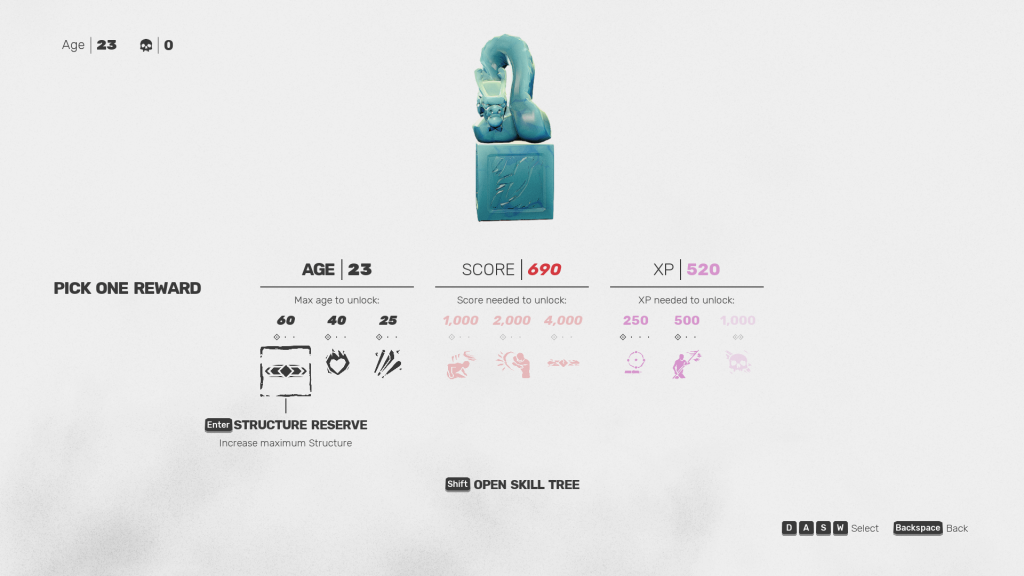Omori – Essential Experience
I love games that are able to touch upon topics that aren’t covered much in media because they are scared of the potential backlash from approaching such touchy subjects. Games like these are either renowned for their brilliant and artistic method towards addressing the topic, or they are scrutinized for being insensitive.


How can I make this research link towards my game? Specifically how can I incorporate themes of escapism, facing trauma and depression into the story / narrative of my game?

The Witcher 3: Wild Hunt – Combat
The Witcher 3’s combat (Seen above) is – although being quite old by now, almost a decade – has some of, if not the best PVE swordplay in gaming history. The combat feels very reactive and smooth, Geralt feels like he is reacting to the enemies attacks and movements and it isn’t just two characters taking turns swinging a sword at each other. Although dodges and rolls are an essential part of the combat, it isn’t the only defensive mechanism Geralt has – unlike some other single-player games that feature swordplay. Being able to guard/parry provides the player with more expression of skill that feels responsive and rewarding.
Furthermore, the swordplay is – although not the most accurate – extremely flashy and fun to play. All of the pirouettes (Spinning on one foot) and sword twists Geralt taunts makes the player character feel cooler and more enjoyable overall. This feeling is what I want to achieve in this game as it would only make sense for the Knight of a young boy’s imagination to have this “wow” factor in his swordsmanship.
Sifu – Game Mechanics/Tech


In my game, deaths are a crucial part in the progress – whether it be progressing the story and narrative of the game or introducing new skills, abilities and/or mechanics. Sifu is a game that also uses death as a core mechanic/aspect, looking at Sifu is a good example of being able to balance the mechanic of death. Because although dying is beneficial to the player, gaining strength due to “fighting experience” they also lose speed and agility. Creating a perfect knife’s edge balance between strength and vulnerability. Furthermore, the player is able to use death to gain new powers and abilities to provide the player with a sense of growth and mastery.
It takes two – Visual Level Design

Although It takes two is a co-op puzzle game and vastly different in mechanics than my game, the concept of creating entire levels and maps based off of common house items is something that is crucial for my game. As my game’s levels take inspiration for the items in the room of a young boy, taking small objects such as toys, decoration and furniture and being able to turn them into entire levels and/or maps is an essential part of my game.
